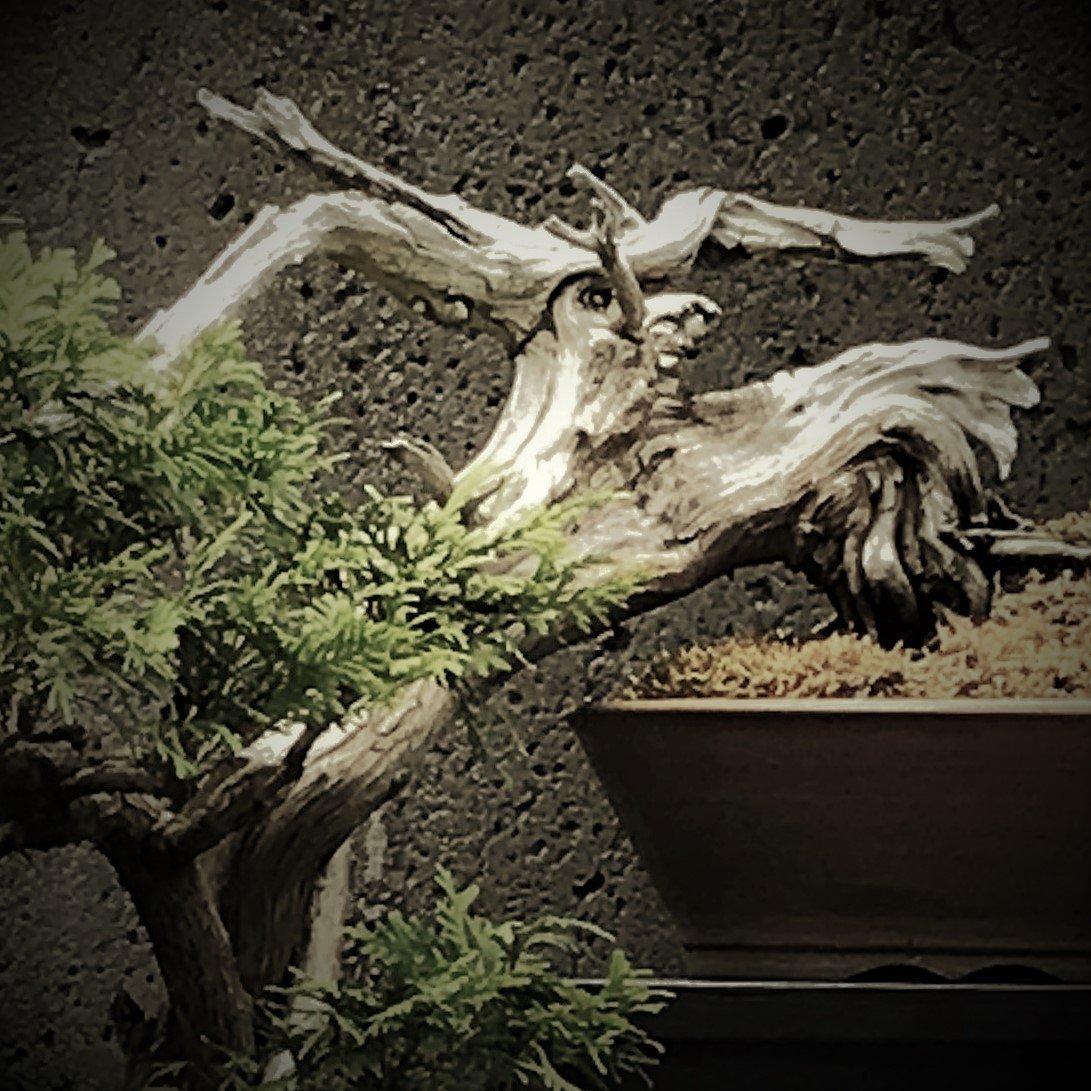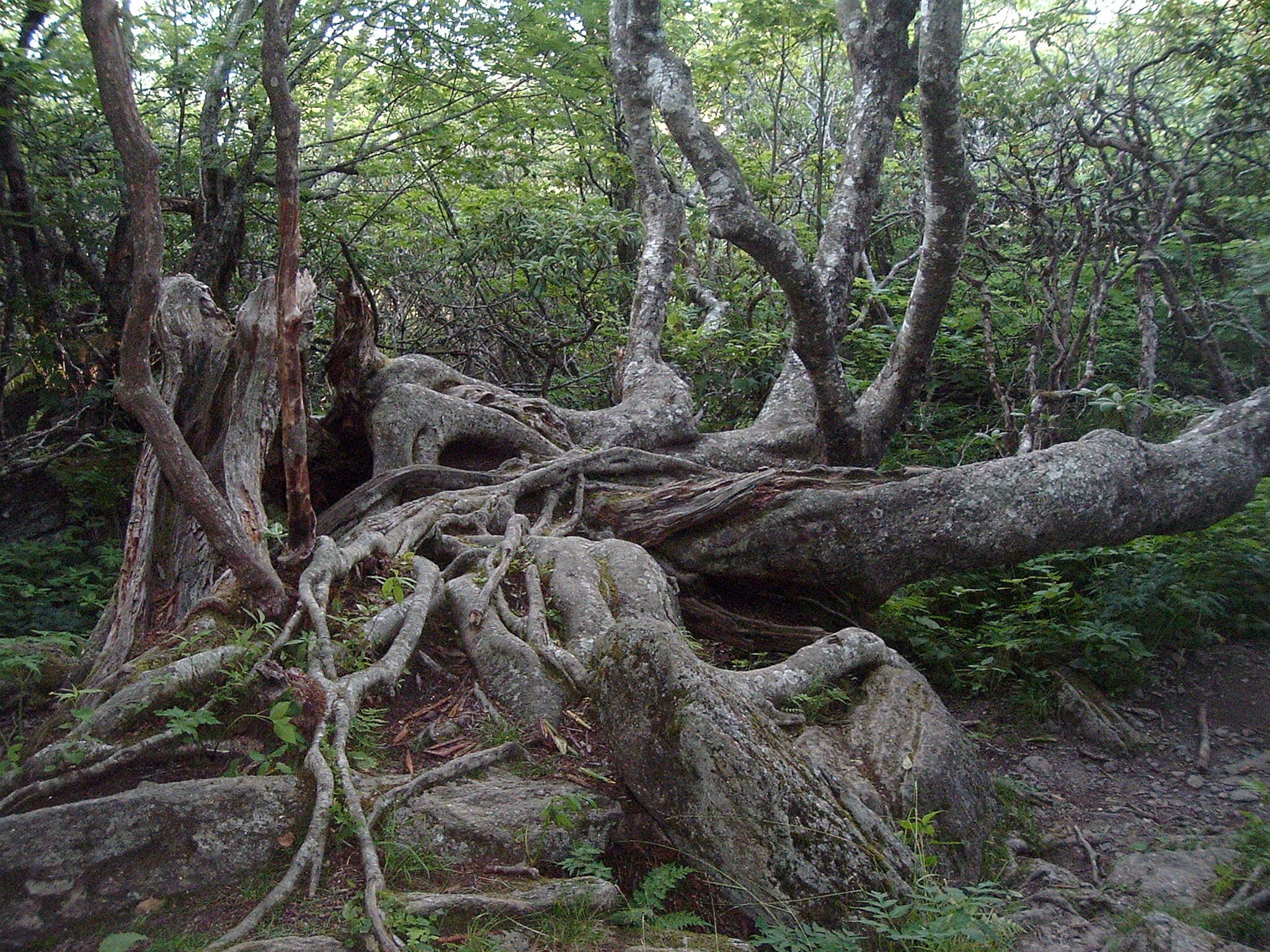How did age get to be such a big part of people's general conception of bonsai? There are bonsai trees that are authentically hundreds of years old, and that sort of information makes an impression. People are fascinated by longevity, particularly if the age is beyond that which any person might expect to attain in a lifetime.
All old trees have struggled to some extent, because life is as full of hazard and difficulty for trees as it is for people, and the longer one sticks around the more it wears on that individual, and the more that individual wears the effects of it. Time takes its toll. The little everyday struggles of life add up.
It bears noting that the best way to know the age of any tree is to count its annual growth rings. If a tree has been cut down this task is relatively easy. On living trees a core sample can be taken using a tool called an increment borer, and the rings can be counted in the wood collected in the sample. This is not so easy to do and involves drilling a hole into the living tree. A good starting point is to look at a certifiably old tree and study its characteristics.
Perhaps the most compelling physical feature of old trees is irregularity. Old trees are often crooked, bent, twisted, lumpy, asymmetrical and missing parts. These characteristics are the results of struggles with an unending variety of challenges faced by the individual tree over the course of a long lifetime.
Without the benefit of enormous size to indicate great age, most people would not necessarily recognize an old tree. It is another matter altogether to believe a tree no taller than yourself, with a trunk diameter no greater than the size of your leg, might be several hundred years old or more. Yet these trees do exist. Their size may not announce their age, but close observation of their appearance can reveal them.




